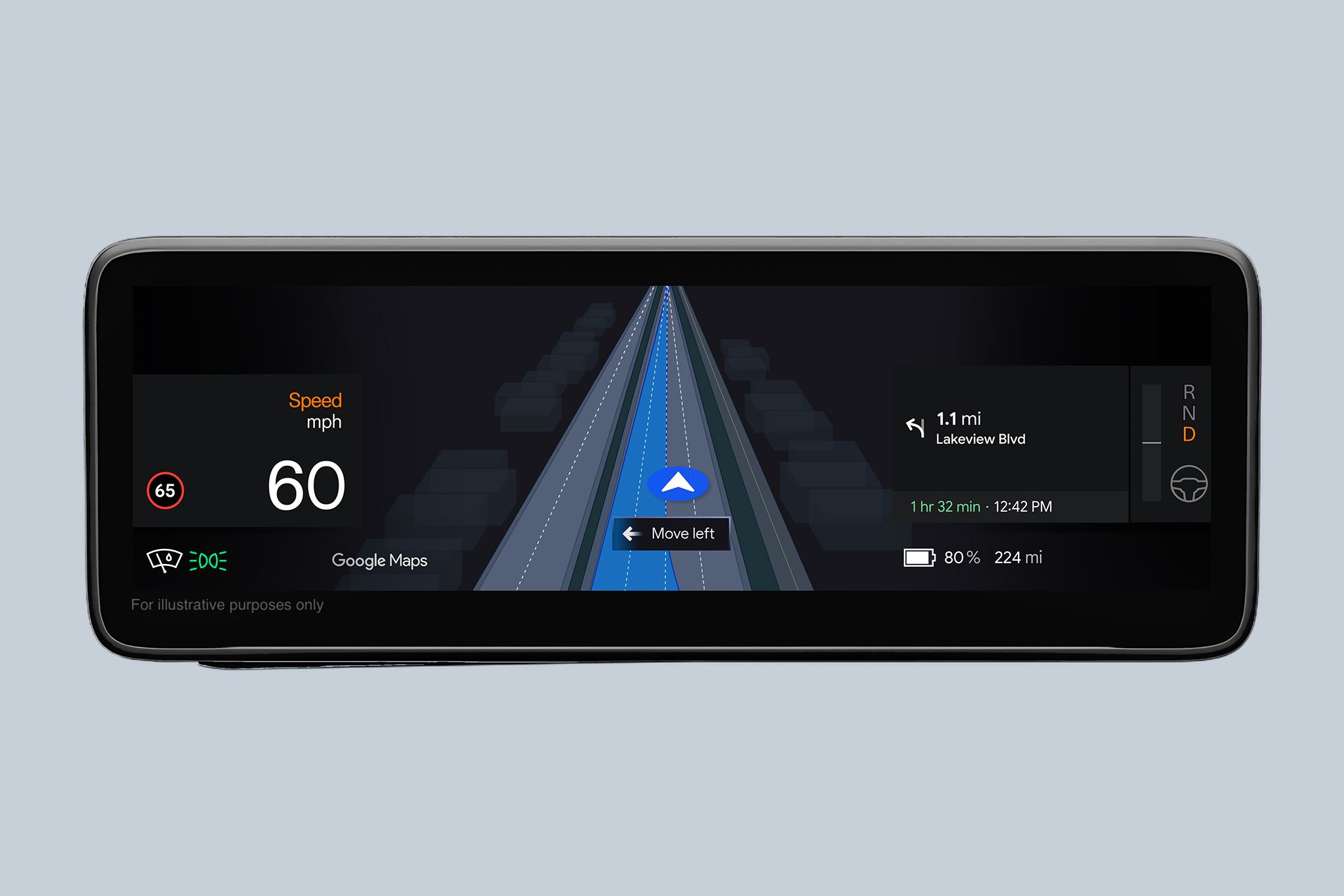Google Maps Launches AI-Powered Lane Guidance Feature for Polestar 4
Google Maps introduces advanced AI lane guidance technology exclusively for the Polestar 4, enhancing navigation accuracy and driver safety through real-time visual assistance on complex road networks.

Google Maps Launches AI-Powered Lane Guidance for Polestar 4
Google has announced the rollout of an AI-driven lane guidance feature integrated directly into Google Maps, marking a significant advancement in in-vehicle navigation technology. The feature debuts exclusively on the Polestar 4, Volvo's premium electric vehicle brand, positioning the Swedish automaker at the forefront of autonomous driving assistance capabilities.
What Is AI Lane Guidance?
The new feature leverages machine learning algorithms to provide real-time visual guidance on which lane drivers should occupy, particularly on complex multi-lane highways and at highway interchanges. Rather than relying solely on turn-by-turn directions, the system displays dynamic lane recommendations directly on the vehicle's integrated display, helping drivers navigate challenging road configurations with greater confidence and precision.
This technology represents a natural evolution of Google Maps' existing navigation capabilities, extending beyond traditional route planning into active driving assistance. The system analyzes road geometry, traffic patterns, and upcoming turns to suggest optimal lane positioning before drivers reach decision points.
Polestar 4 Integration
The Polestar 4, an all-electric performance SUV, serves as the launch platform for this feature. The vehicle's advanced infotainment system, powered by Google's Android Automotive OS, provides the necessary computing infrastructure and display technology to render real-time lane guidance overlays. This integration underscores the growing convergence between automotive hardware and cloud-based software services.
The feature is accessible through the vehicle's central touchscreen and head-up display, ensuring drivers can reference lane recommendations without taking their eyes off the road for extended periods. The implementation demonstrates how premium electric vehicles are becoming increasingly sophisticated mobile computing platforms.
Technical Capabilities and Benefits
Key advantages of the AI lane guidance system include:
- Enhanced safety: Reduces driver uncertainty on complex road networks, particularly during high-traffic conditions
- Improved navigation accuracy: Minimizes missed exits and incorrect lane changes through proactive guidance
- Real-time adaptation: Adjusts recommendations based on current traffic conditions and vehicle positioning
- Seamless integration: Functions within the native Google Maps interface drivers already use
The feature particularly benefits drivers unfamiliar with specific routes or navigating in heavy traffic environments where lane selection becomes critical for maintaining route efficiency.
Broader Industry Implications
This launch reflects Google's strategic expansion into the automotive sector beyond basic navigation services. By embedding advanced AI capabilities directly into vehicle systems, Google strengthens its position as a provider of comprehensive mobility solutions rather than standalone mapping software.
For Polestar, the exclusive feature represents a competitive differentiator in the premium EV market, where software capabilities increasingly influence purchasing decisions. The integration also demonstrates Volvo's commitment to leveraging cutting-edge technology partnerships to enhance user experience.
Future Expansion
While currently exclusive to the Polestar 4, industry analysts expect Google to extend AI lane guidance to additional vehicle platforms in coming months. Other manufacturers utilizing Android Automotive OS—including BMW, Mercedes-Benz, and General Motors—represent likely candidates for future rollout.
The feature's success on Polestar 4 will likely inform development of additional AI-powered driving assistance features, potentially including predictive traffic optimization and autonomous parking integration.
Key Sources
- Google Maps official feature announcements and Polestar vehicle integration documentation
- Automotive technology industry coverage of Android Automotive OS implementations
- Premium EV market analysis regarding software-driven differentiation strategies
This development signals a pivotal moment in automotive navigation technology, where AI-powered assistance moves from experimental concepts to production-ready features available to consumers today.



